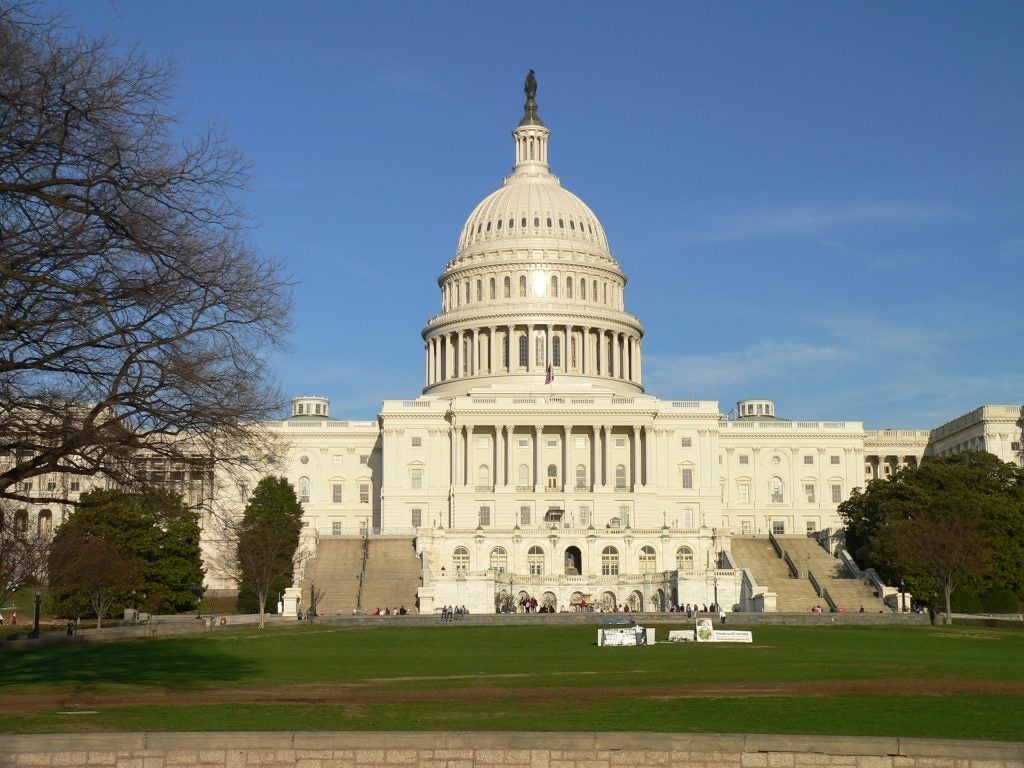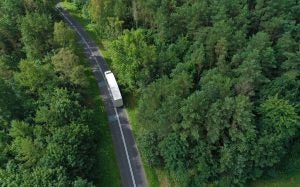This post was authored by Rocio Sanz Cortes, Managing Director of Supply at Emergent. In 2019 EDF set up Emergent, the group facilitating LEAF, because we saw the need for a new, innovative financing facility that could catalyze a high-quality market for forest carbon/jurisdictional REDD+ credits. EDF’s Ruben Lubowski is a senior advisor for Emergent.
Last year’s COP26 UN climate summit was referred to as “Nature COP,” as forests and nature took a protagonist role. Financial pledges to protect forests and reduce deforestation reached unprecedented volumes. In the first major formal deal of COP26, 100 leaders representing 85% of the world’s tropical forests pledged to end deforestation by 2030. This agreement was backed by the Global Forest Finance Pledge with $12 billion in public funds and $7.2 billion in private money. This funding will support actions such as restoring degraded land, tackling wildfires and advancing the rights of Indigenous people in tropical forest countries.
Another key success of last year’s global climate summit was the historic $1.7 billion pledge from governments and private funders to support Indigenous peoples and local communities. Direct financing for these groups underscores their essential role in forest stewardship. Other commitments announced at COP26 included the Congo Basin Pledge. Signed by more than 10 countries, the Bezos Earth Fund and the European Union, the pledge seeks to mobilize $1.5 billion to protect forests, peatlands and other critical carbon stores.
Natural climate solutions include conservation, restoration and management of forests, grasslands and wetlands – which could provide at least 20% of the emissions reductions and removals needed for the world to achieve net zero. Not only that, but they could also deliver socio-economic and environmental benefits beyond carbon. We are at a critical point for the future of the planet, and the pledges made at COP26 are game changers in keeping the planet’s temperature increase from reaching catastrophic levels.
LEAF’s breakthrough commitments














